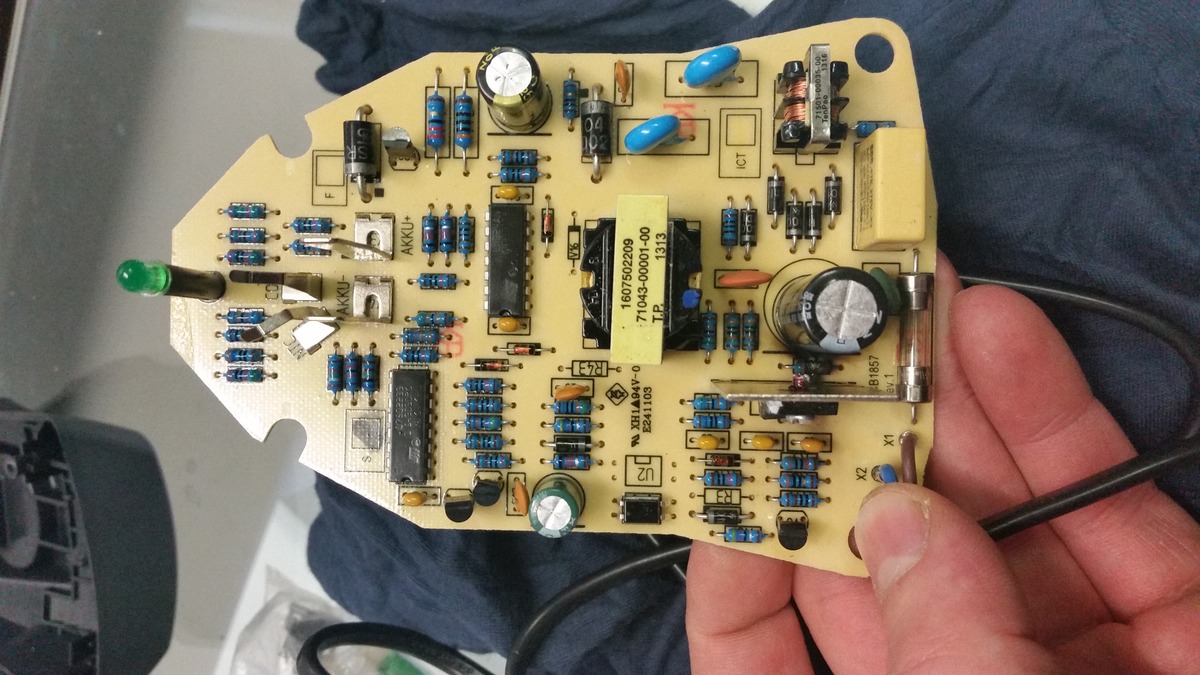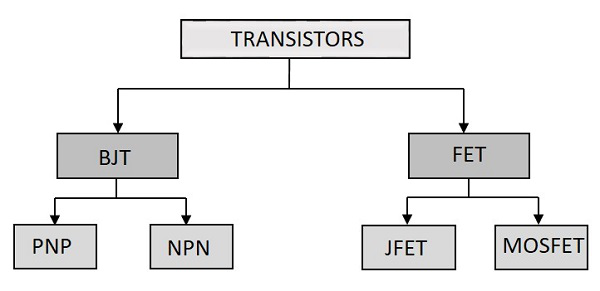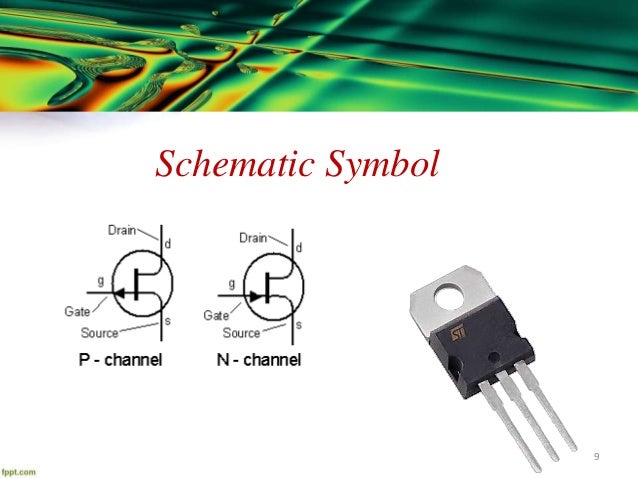In this article we will review the basic transistor types and their function. Field-effect transistor — FET redirects. Heterojunction bipolar transistor — The heterojunction bipolar transistor (HBT) is a type of bipolar junction.
Skip to end of metadataGo to start of metadataModern Physics, Week 6
Rodrigo Almodóvar. 15/06/15
Background
In our 6th month during the Modern Physics course, as our review, we were asked to choose a topic of those:
LEDs
Transistors and semiconductors
Lasers
Optical devices and optical data transmission
Historical experiments
In my point of view Transistors and semiconductors is the most interesting topic, so I will write about it.
Initial questions:
In this topic, some questions arise:
What are the main transistor applications?
How are transistors and semiconductors related?
What is the difference between a normal transistor and a FET transistor?
Selected problem:
Of these questions previously mentioned, I found the most interesting the one about how are transistors and semiconductors related. Nonetheless, I was encouraged by our teacher Sakari to going deeper on the following question:
What is the difference between a normal transistor and a FET transistor?
And that is what this report is going to talk about.
Own explaination (original hypothesis)
As we have already study during this course, a transistor is a result of connecting three different types of semiconductors. They can appear as p-n-p connections or n-p-n connection. If I remember it well, transistors could change current intensity.
A FET transistor is a Field-effect Transistor, and by its name I can suppose it may change some property of the electromagnetic field.
Critical evaluation
Weak points about my explanation:
I don’t know anything about FET transistors
My affirmation is based in my own knowledge and for that reason it could be wrong.
Scrapy A Fast and Powerful Scraping and Web Crawling Framework. An open source and collaborative framework for extracting the data you need from websites. In a fast, simple, yet extensible way. Maintained by Zyte (formerly Scrapinghub) and many other contributors. Python web scraping framework. Manually Opening a Socket and Sending the HTTP Request. The most basic way to perform. Scrapy is a mature framework with full unicode, handles redirections, gzipped responses, odd encodings, integrated http cache, etc. Once you are into Scrapy, you can write a spider in less than 5 minutes that download images, creates thumbnails and export the extracted data directly to csv or json. The Farm: Requests. The Requests library is vital to add to your data science toolkit. Some of these are libraries that can solve a specific part of the web scraping process.
Strong points:
As we have studied this field before, I have some previous knowledge to use.
In order to improve my explanation:

Search for relevant information on the internet
Understand what makes the FET transistor so special
Search results
Here I will put some interesting links I found on the internet that I will use to expand my knowledge and further explain my conclusion.
Summary (New explanation)
First of all, I would like to show what is the appearance of a transistor, because most of the time we talk about transistors or other elements but we don’t know how do they really look like. So, this is the aspect of a PNP bipolar transistor, as well known as BJT (Bipolar Junction Transistor):
Now, this picture will allow me to explain a bit deeper how a normal transistor works.
This picture shows a n-p-n transistor which means that is a transistor made by a slice of positive type silicon between two slices of negative type silicon. This transistor, also known as bipolar transistor, will either amplify or switch it on or off.
In the p-type, sometimes represented with the plus sign, there is a short of electrons, called as well holes. Whereas the two slices of n-type have extra electron, sometimes represented with the minus sign.
Normally, the holes act like a barrier when the transistor is in off state, preventing any significant current flow from the emitter to the collector.
If we attach a small positive voltage to the base, it makes the emitter negatively charged and the collector positively charged. By this reason, electrons will flow from the emitter to the base and then into the collector, changing transistor´s state to “on”.
This small current qe applied to the base of the transistor will create a bigger current flow between emitter and collector. This is why transistors can act as amplifiers. And when there is no current connected to the base, it acts like a switcher, preventing current to flow through the transistor (or maybe just a little current).
Now, I will explain the FET (Field-Effect Transistor) to compare it to the bipolar (normal) transistor.
First of all, as I did with the bipolar transistor, I will show a picture of FET transistor appearance:
Fet Transistor Switch
The first difference we can observe with this kind of transistor is the name of the three terminals: Source is analogous to the emitter, drain is analogous to the collector and gate is analogous to the base. Moreover, in a FET the layers of n-type silicon and p-type silicon are differently distributed and coated with layers of metal and oxide (This is the reason to the name MOSFET - Metal Oxide Semiconductor FET).
In the same way as a bipolar transistor, electrons cannot flow from the source to the drain because of the existence of holes in the p-type gate. Nevertheless, if we connect a positive voltage to the gate, an electric field is created and allows the electrons to move in a thin channel from the source to the drain, turning the transistor to its “on” state. Vivaldi gay. This is the field effect that gives its name to the FET.

Furthermore, another noticeable difference between FET transistors and bipolar transistors is based on that MOSFET polarity of electric charge is unique, it doesn´t have two polarity as normal transistors, so it is an unipolar transistor.
In addition, most of FET parameters are higher than a bipolar transistor parameters:, as we can see from this picture:



References:
“Field-Effect Transistor.” Wikipedia. Wikimedia Foundation, n.d. Web. 15 May 2015. <http://en.wikipedia.org/wiki/field-effect_transistor>
“Transistor FET (Field Effect Transistor).” FET de juntura o JFET, transistor de efecto de campo (canal N, canal P). N.p., n.d. Web. 15 May 2015. <http://unicrom.com/tut_fet.asp>
“Transistor Tutorial About Bipolar and FET Transistors.” Basic Electronics Tutorials. N.p., Mar. 2013. Web. 15 May 2015. <http://www.electronics-tutorials.ws/transistor/tran_8.html>
“Transistors.” How do transistors work? N.p., n.d. Web. 15 May 2015. <http://www.explainthatstuff.com/howtransistorswork.html>
“Transistors.” Transistors. N.p., n.d. Web. 15 May 2015. <http://www.mikroe.com/old/books/keu/04.htm>
Related articles
- Page:
Types Of Fet Transistors
You must log in to comment.